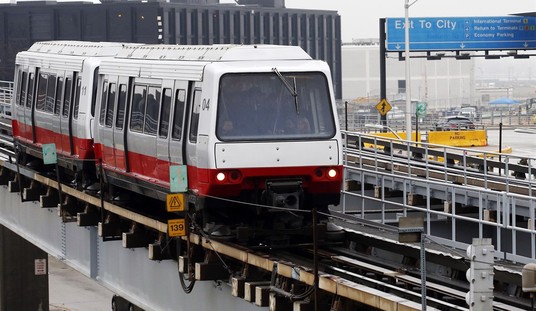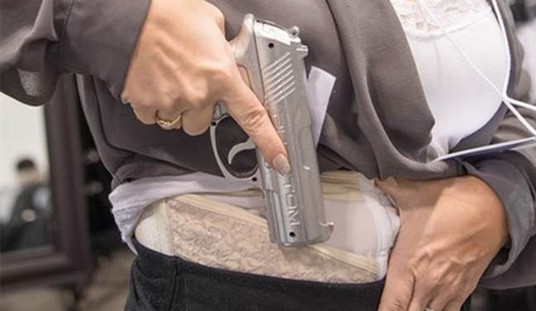We talk a lot about the violence surge here. After all, for the last year and a half, it’s been a major news story. We keep hearing how homicides are skyrocketing all over the nation. I’ve seen it here in my town and I’m sure many of you have seen in where you live as well.
It’s an actual problem.
Yet we often keep framing it wrong. You see, it’s not actually crime as a whole that’s increasing.
This week, the FBI attached a number to what Americans already know: This country has a murder problem, particularly around guns. Homicides across the nation spiked dramatically in the pandemic-plagued year of 2020 by nearly 30%, obliterating the previous record annual increase (interestingly, in 1968, another year when America seemed to be unraveling, with assassinations and riots). Some 5,000 more Americans were murdered last year than in 2019 — a figure more than the U.S. death toll in the entire Iraq War — and more of the overall killings were with a gun (some 77%) than in any previous year.
Statistics for the current year of 2021 are incomplete and sketchy — for some complicated reasons — but many jurisdictions are seeing the upward trend in homicides continue. One of the most dramatic examples is right here in Philadelphia, where 393 murders had been tallied through Wednesday night, a 17% rise over 2020 and all but certain to set an all-time record, in the nation’s sixth-largest city.
Caveats? There are a couple of big ones. The steep nationwide rise in 2020 was coming off a period of very low homicide rates by modern standards, meaning that overall the number of U.S. murders is still less than half of its peak years in the early 1990s. The other asterisk is, in my opinion, even more relevant when it comes to talking about solutions: Murder is up, but in almost every other category crime was down, continuing a long-term trend. The FBI said recently that overall major crimes dropped around 4% last year. Of course — unlike homicide — most other crime stats are affected by what citizens choose to report, or which laws the police choose to enforce. But in the big picture it seems clear that America’s murder problem and its crime situation are going in different directions.
Now, the author goes on to try and vilify firearms, which is unsurprising. I mean, it’s the media. What else are they going to do?
However, it’s interesting that murder has risen–and shootings in general, if we’re being honest–but crime itself hasn’t. As the author points out, much of the previous era’s association in murder rates and crime in general were because many of those homicides were cases of other crimes going sideways. A mugging goes bad and someone gets killed, that sort of thing.
Today, homicides are the result of people being specifically targeted. They’re not folks in the wrong place at the wrong time, they’re people who someone wants dead because of who they are.
While some may want to blame the gun, it seems pretty damn clear that the problem really is the people.
What’s more, many of the programs to reduce homicides in the past aren’t likely to work this time around. After all, back then, things like poverty and unemployment drove many to consider criminal acts. When you have bills to pay and can’t find a job, some will figure they will do what they have to do regardless of the legality.
That’s not happening today and so those programs just aren’t going to work.
Instead, we have to do something more. Jobs won’t stop gang member A from wanting to kill gang member B. Income inequality isn’t the reason Joe pulled a gun on Tim at the club Friday night.
This is something else, something different, and folks need to shift their thinking quick, fast, and in a hurry before more people die.








